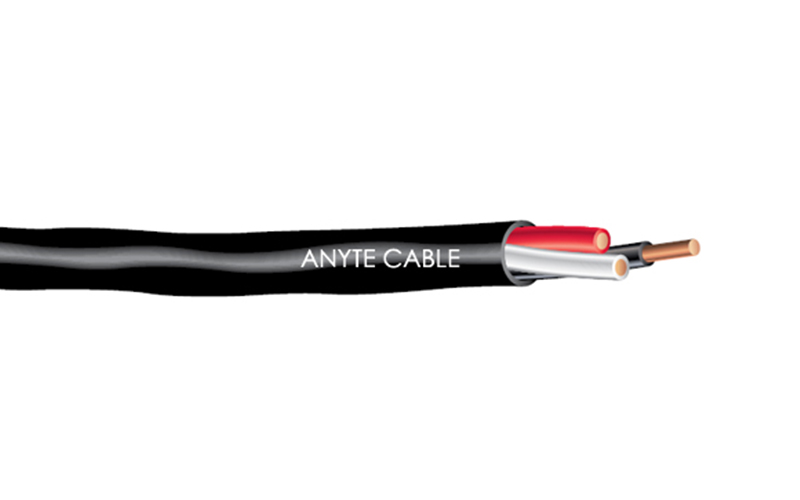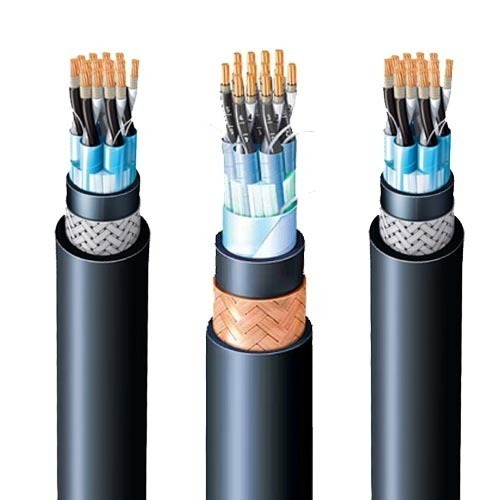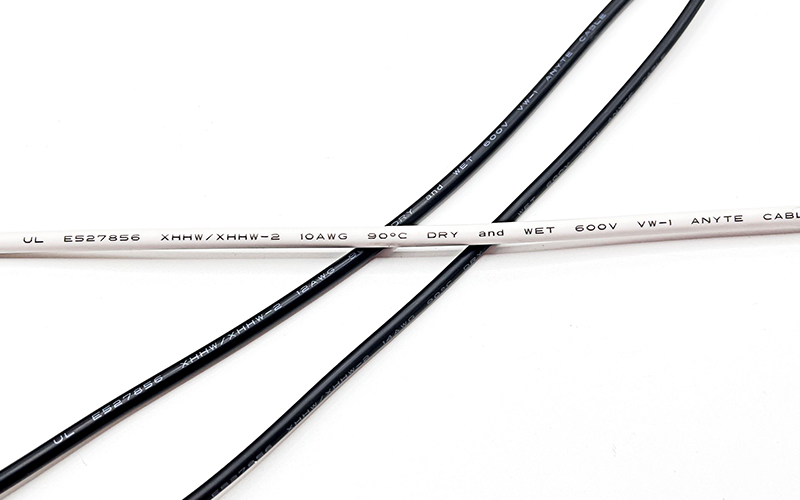Выбор подходящего силовой кабель имеет решающее значение для безопасности, эффективности и производительности электрических систем. Независимо от того, оснащаете ли вы дом, промышленный объект или любое другое помещение, правильный выбор кабеля может предотвратить опасность поражения электрическим током и обеспечить надежную подачу электроэнергии. В этой статье представлено исчерпывающее руководство по выбору подходящего силового кабеля, рассматриваются различные его типы, области применения и ключевые факторы, которые необходимо учитывать в процессе выбора.
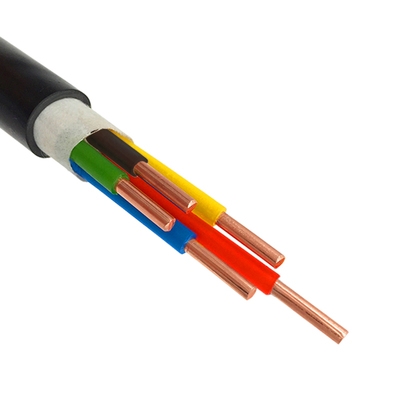
Понимание силовых кабелей
Силовые кабели используются для передачи электроэнергии из одной точки в другую. Они состоят из одного или нескольких электрических проводников, обычно изготовленных из меди или алюминия, и изолированы материалом, который противостоит электрическому потоку, чтобы предотвратить короткое замыкание и поражение электрическим током. Их можно встретить в самых разных условиях, включая жилые, коммерческие и промышленные объекты.
Типы силовых кабелей
- Гибкие кабели: Эти кабели предназначены для применения в тех случаях, когда требуется гибкость, например, в портативных устройствах, приборах и инструментах. Они обычно изготавливаются с многожильными проводниками для повышения гибкости.
- Бронированные кабели: Бронированные кабели используются в средах, где необходима механическая защита. Они имеют защитную металлическую оболочку, предохраняющую от физических повреждений, и подходят для подземной прокладки или суровых промышленных условий.
- Кабели с неметаллической оболочкой: Эти кабели, также известные как Romex, обычно используются в квартирной проводке. Они состоят из изолированных проводников, заключенных в пластиковую оболочку, и подходят для использования внутри помещений.
- Коаксиальные кабели: Коаксиальные кабели используются для передачи высокочастотных электрических сигналов. Они состоят из центрального проводника, изоляционного слоя, металлического экрана и внешнего изоляционного слоя. Они часто используются для кабельного телевидения и подключения к Интернету.
- Погружные кабели: Эти кабели предназначены для использования в подводных условиях, например, в колодцах и насосах. Они изготовлены из материалов, которые предотвращают проникновение воды и устойчивы к коррозии.
- Высоковольтные кабели: Высоковольтные кабели используются для передачи энергии под высоким напряжением, как правило, на большие расстояния. Они имеют дополнительную изоляцию и защитные слои, чтобы выдерживать высокое электрическое напряжение.
Ключевые факторы, которые необходимо учитывать
1. Номинальное напряжение
Номинальное напряжение силового кабеля - один из наиболее важных факторов, которые необходимо учитывать. Кабель должен выдерживать максимальное напряжение электрической системы, чтобы предотвратить пробой изоляции и возможное возгорание. Убедитесь, что выбранный вами кабель питания соответствует или превышает требования к напряжению в вашей системе.
2. Текущая несущая способность
Пропускная способность по току, или амплитуда, означает максимальную силу тока, которую кабель питания может безопасно проводить без перегрева. Очень важно выбрать кабель с амплитудой, которая соответствует или превышает требования по току вашей электрической системы. Факторы, влияющие на амплитуду, включают материал проводника, тип изоляции и условия монтажа.
3. Материал проводника
Как правило, они изготавливаются с медными или алюминиевыми проводниками. Медь является лучшим проводником электричества и обладает более высокой пропускной способностью, что делает ее идеальной для большинства применений. Алюминий, с другой стороны, легче и дешевле, но обладает меньшей проводимостью. Выбирайте материал проводника в зависимости от ваших потребностей и бюджета.
4. Тип изоляции
Тип изоляции имеет решающее значение для обеспечения безопасности и долговечности силовых кабелей. К распространенным изоляционным материалам относятся ПВХ (поливинилхлорид), XLPE (сшитый полиэтилен) и EPR (этиленпропиленовая резина). Каждый материал имеет свои свойства и области применения:
- ПВХ: Широко используется, экономичен и подходит для применения внутри помещений.
- сшитый полиэтилен: Обладает повышенной термостойкостью и механической прочностью, что делает его пригодным для использования при повышенном напряжении и на открытом воздухе.
- EPR: Известен своей гибкостью и отличными электрическими свойствами, подходит для широкого спектра сред.
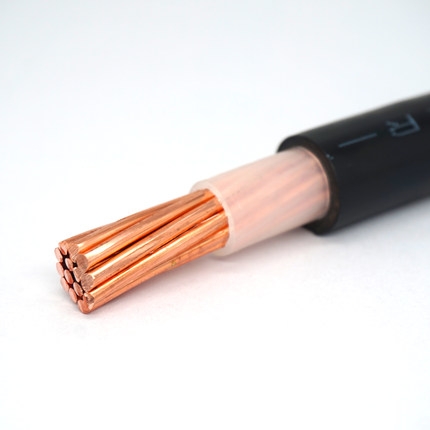
5. Условия окружающей среды
Учитывайте условия, в которых будет проложен силовой кабель. Такие факторы, как температура, влажность, химическое воздействие и физическое воздействие, могут повлиять на производительность и долговечность кабеля. Например:
- Для работы на открытом воздухе или во влажной среде выбирайте кабели с водонепроницаемой или атмосферостойкой изоляцией.
- В промышленных условиях с воздействием химических веществ или масел выбирайте кабели с соответствующей химически стойкой изоляцией.
- При подземной прокладке используйте бронированные кабели для дополнительной защиты.
6. Нормативные стандарты
Убедитесь, что выбранные вами шнуры питания соответствуют отраслевым стандартам и нормам. Соответствие таким стандартам, как UL (Underwriters Laboratories), IEC (International Electrotechnical Commission) и NEC (National Electrical Code), гарантирует, что кабели отвечают требованиям безопасности и производительности.
Области применения силовых кабелей
- Жилая проводка: Для проводки в жилых помещениях обычно используются кабели с неметаллической оболочкой (Romex). Они подходят для прокладки внутри помещений, обеспечивая питание розеток, освещения и приборов.
- Коммерческие здания: Коммерческие здания должны выдерживать более высокие нагрузки и могут требовать дополнительной защиты. В таких условиях часто используются бронированные и гибкие кабели.
- Промышленные объекты: Для промышленных применений требуются силовые кабели, способные выдерживать суровые условия и высокие электрические нагрузки. Бронированные кабели, высоковольтные кабели и кабели для погружения в воду широко используются в промышленных условиях.
- Подземные и подводные установки: Для подземной и подводной передачи электроэнергии необходимы высоковольтные кабели с прочной изоляцией и защитными слоями, способные выдерживать высокие электрические нагрузки и условия окружающей среды.
- Портативные устройства и инструменты: Гибкие кабели идеально подходят для портативных устройств и инструментов, обеспечивая необходимую гибкость и прочность при частом перемещении и обращении.
Шаги по выбору правильного силового кабеля
1. Оцените свои потребности в электричестве
Начните с оценки электрических требований вашего приложения. Определите напряжение, ток и мощность, чтобы убедиться, что выбранные устройства справятся с нагрузкой.
2. Рассмотрите среду установки
Проанализируйте условия установки, чтобы выявить потенциальные проблемы, такие как перепады температур, влажность, воздействие химических веществ и физическое воздействие. Выберите шнур питания с изоляцией и защитными свойствами, подходящими для этих условий.
3. Проверка соответствия стандартам
Убедитесь, что кабель питания соответствует отраслевым стандартам и нормам. Соответствие гарантирует, что кабель отвечает критериям безопасности и производительности, снижая риск возникновения электрических опасностей.
4. Рассчитайте правильный размер
Используйте электрические калькуляторы или проконсультируйтесь со специалистом, чтобы определить правильный размер кабеля с учетом пропускной способности по току и падения напряжения. Правильный выбор размера имеет решающее значение для предотвращения перегрева и обеспечения эффективной подачи электроэнергии.
5. Оцените стоимость и доступность
Хотя стоимость является важным фактором, она не должна идти в ущерб безопасности и производительности. Учитывайте долгосрочные преимущества и надежность силового кабеля. Кроме того, убедитесь, что выбранный кабель можно легко приобрести у надежных поставщиков.
Советы по обслуживанию и безопасности
- Регулярные проверки: Периодически проверяйте шнуры питания на наличие признаков износа, повреждений или порчи. Немедленно заменяйте поврежденные кабели, чтобы избежать опасности поражения электрическим током.
- Правильное обращение и установка: Соблюдайте рекомендации производителя по обращению с силовыми кабелями и их установке. Не допускайте чрезмерного сгибания или скручивания кабелей и используйте соответствующие инструменты и приспособления для их закрепления.
- Маркировка и документация: Четко маркируйте шнуры питания и ведите документацию с указанием их технических характеристик и особенностей установки. Это поможет при поиске и устранении неисправностей и техническом обслуживании.
- Обучение и информирование: Убедитесь, что персонал, работающий с ними и обслуживающий их, надлежащим образом обучен и знает о протоколах безопасности. Надлежащее обучение снижает риск несчастных случаев и обеспечивает безопасную и эффективную работу.
Заключение
Правильный выбор силового кабеля - залог безопасности, эффективности и надежности электрических систем. Понимая различные его типы, области применения и ключевые факторы, которые необходимо учитывать в процессе выбора, вы сможете принимать обоснованные решения, отвечающие вашим конкретным потребностям. Регулярное техническое обслуживание и соблюдение правил техники безопасности гарантируют долговечность и эффективность электрооборудования, защищая людей и имущество от электрических рисков. Выбор подходящего шнура питания для жилых, коммерческих или промышленных помещений - важнейший шаг в обеспечении безопасной и эффективной работы электрической инфраструктуры.

